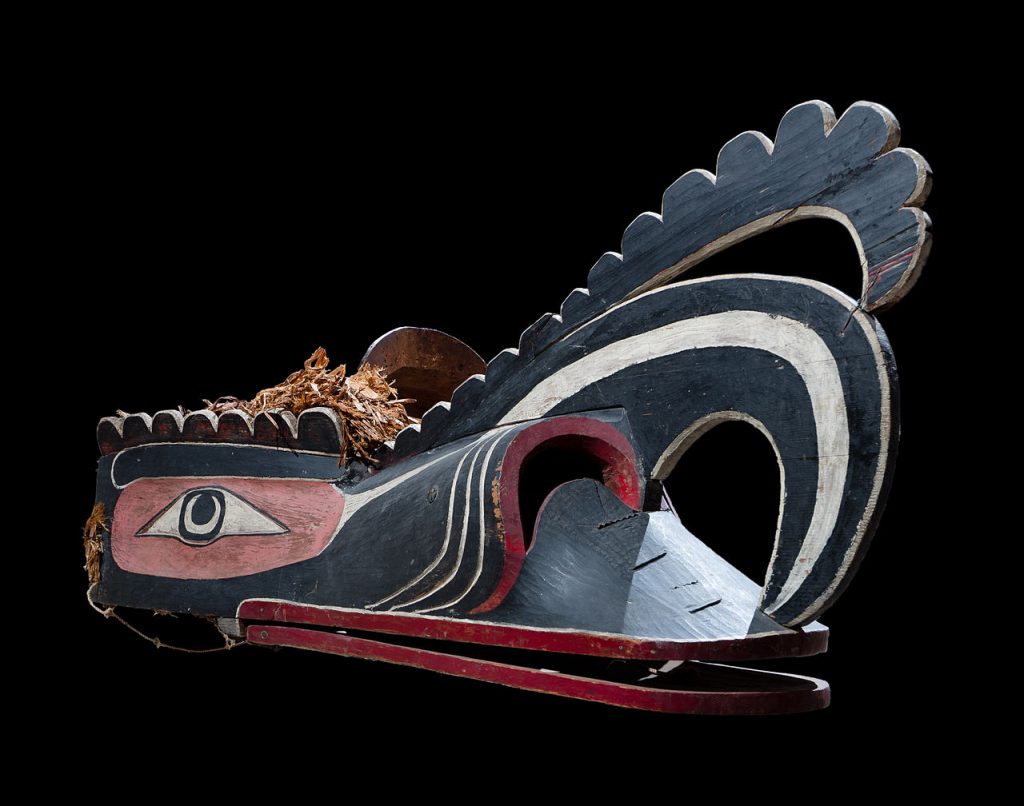Another way developmental researchers can think about the concept of age is to examine how quickly the body is aging, which is your biological age. Several factors determine the rate at which our body ages. Our habits regarding nutrition, physical activity, sleeping, smoking, alcohol consumption, and mentally managing stress, as well as the genetic history of our ancestors, to name a few.
Our psychologically adaptive capacity compared to others of our chronological age is our psychological age. This includes our cognitive capacity along with our emotional beliefs about how old we are. An individual who has cognitive impairments might be 20 years old yet have the mental capacity of an 8-year-old. A 70-year-old might be travelling to new countries, taking courses at college, or starting a new business. Compared to others of our age group, we may be more or less adaptive and excited to meet new challenges. Remember you are as young or old as you feel.

Our social age is based on the social norms of our culture and the expectations our culture has for people of our age group. All communities have certain coming-of-age rituals that indicated a transition from one stage of life into another. For example, Judaism has bar mitzvah ceremonies for boys at the age of thirteen to indicate a transition to adulthood. In modern Judaism, we also find bat mitzvah ceremonies for girls. At this age, individuals are supposed to be responsible for their own actions, whereas parents are held responsible for their children before they transition into adulthood. In Western Christian churches, a young person goes through a sacrament of confirmation (usually between the ages of twelve and fifteen). In some denominations this also involves taking on a confirmation name.
The Indigenous peoples of North America also have a number of ceremonies to initiate adolescents into the adult sphere. The Kwakwaka’wakw (Kwakiutl) of the Pacific Northwest have the Hamatsa ceremony where an initiate acts out his transformation into a wild cannibal spirit, which is tamed and transformed into a socially responsible human by other dancers. The dancers wear elaborate masks (such as the one seen in Figure 1.3) that depict supernatural man-eating birds including “Raven at the north end of the world” (Gwaxgwakwalanuksiwe), “Huxwhukw of heaven” (Huxhugwaxtawe), and “Crooked Beak of Heaven” (Galugada’yi). The initiate also undergoes fasting as well as periods of isolation in the wilderness.
The Sikhs in India go through a “nectar ceremony” of Amrit Sanskar where they are initiated into the Khalsa or Sikh Brotherhood. Those who go through the initiation rituals are known as Amritdhari or “nectar taker” and dedicated to the Sikh teachings.
In our culture we also have certain social conventions such as when we can legally drive (at age sixteen) and when we are legally considered to be adults (at age eighteen). There are also provincial differences as to when you can purchase certain products such as alcohol or tobacco, which is age nineteen in most provinces but eighteen in others (Alberta, Manitoba, and Quebec). We are often reminded whether we are “on target” or “off target” for reaching certain social milestones, such as completing our education, moving away from home, having children, or retiring from work. However, there have been arguments that social age is becoming less relevant in the twenty-first century (Neugarten, 1979, 1996). If you look around at your fellow students in your courses at university you might notice more people who are older than traditionally aged post-secondary students (18- to 25-year-olds). Similarly, the age at which people are moving out of their parents’ homes, starting their careers, getting married, or having children – or even whether they get married or have children at all – is changing.
Those who study lifespan development recognize that chronological age does not completely capture a person’s age. Our age profile is much more complex than this. A person may be physically more competent than others in their age group, while being psychologically immature. So, how old are you?

